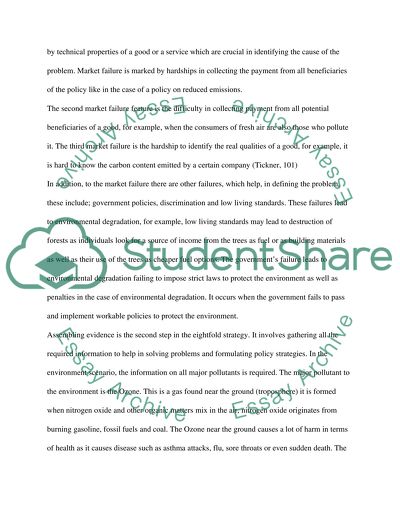Cite this document
(The Public Policy on the Environment Essay Example | Topics and Well Written Essays - 1500 words, n.d.)
The Public Policy on the Environment Essay Example | Topics and Well Written Essays - 1500 words. https://studentshare.org/environmental-studies/1435890-the-public-policy-on-the-environment
The Public Policy on the Environment Essay Example | Topics and Well Written Essays - 1500 words. https://studentshare.org/environmental-studies/1435890-the-public-policy-on-the-environment
(The Public Policy on the Environment Essay Example | Topics and Well Written Essays - 1500 Words)
The Public Policy on the Environment Essay Example | Topics and Well Written Essays - 1500 Words. https://studentshare.org/environmental-studies/1435890-the-public-policy-on-the-environment.
The Public Policy on the Environment Essay Example | Topics and Well Written Essays - 1500 Words. https://studentshare.org/environmental-studies/1435890-the-public-policy-on-the-environment.
“The Public Policy on the Environment Essay Example | Topics and Well Written Essays - 1500 Words”. https://studentshare.org/environmental-studies/1435890-the-public-policy-on-the-environment.


